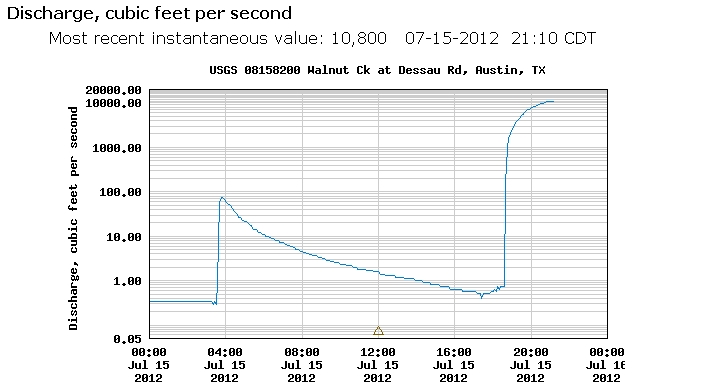We are looking for help for 2025 ARRL Field Day (this year which will be June 28 – 29, 2025). We’ll be at Holy Cross Lutheran Church (4622 South Lamar, Austin, TX, 78745) alongside the Austin Amateur Radio Club. To get things started we are looking for members to volunteer to help!
Here is what we need:
Safety Officer – FILLED
- Conducts a site risk assessment before the event.
- Ensures all participants follow safety protocols (e.g., fire safety, generator operation, trip hazards).
- Coordinates with medical personnel or designated first-aiders.
- Ensures compliance with weather safety plans (e.g., lightning protocols, heat exhaustion prevention).
- Monitors RF safety and ensures proper grounding of equipment.
- Provides a safety briefing to all participants.
- Enforces PPE use (e.g., gloves for setup, hearing protection for generators).
- Maintains an incident log for any safety concerns or injuries.
Operations Section Chief
- Oversees all radio operations, ensuring smooth communication across different bands/modes (will act as NetContol during formal / training Nets)
- Monitors band conditions and adjusts frequency allocations as needed.
- Coordinates message traffic and logging for event scoring.
- Ensures backup power and redundant systems are available for operations.
- Works with the Logistics Section to ensure operators have necessary equipment.
- Conducts periodic debriefs with operators to assess performance and make adjustments.
Logistics Section Chief
- Manages site setup, including tents, antennas, power distribution, and other infrastructure.
- Ensures all necessary supplies (food, water, fuel, lighting, extension cords) are available.
- Coordinates with vendors or team members for transportation of equipment.
- Ensures proper generator operation and fuel supply.
- Maintains an inventory of all equipment and supplies.
- Arranges for sanitation needs (portable restrooms, trash disposal).
- Supports the Operations Section by troubleshooting equipment and restocking supplies as needed.
Net Control Operator
- General class operators willing to take a one or more hour shift(s) to operate the radios and to provide folks with technician or no license to operate on HF frequencies (and to help teach).
Folks signing up should wear the following:
- TCARES T-shirt (we will be proving these)
- Black tactical pants
- Black shoes / work boots
Or if you just would like to learn what it means to serve in one of these roles, we welcome you to sign up to shadow / learn. We are also going to need General class or higher
If you would like to sign up as a Net Operators, please use this form:
https://forms.gle/8qYNShApP43fbiot5
If you are interested in serving in a leadership role or would like to shadow, please reach out to myself or Glenn directly.



